Here are a couple of the designs Boeing is now looking at for a HALE UAV. It would be powered by automotive engines converted to burn hydrogen and have an endurance of seven days at 65,000ft. Boeing is working with Aurora Flight Sciences, which is developing and testing the engine for its single-engined, hydrogen-fuelled Orion HALL (high altitude, long loiter) UAV, now under construction.
You are using an out of date browser. It may not display this or other websites correctly.
You should upgrade or use an alternative browser.
You should upgrade or use an alternative browser.
Boeing 'Phantom Eye' hydrogen-powered air vehicle
- Thread starter CammNut
- Start date
Steve Pace
Aviation History Writer
- Joined
- 6 January 2013
- Messages
- 2,266
- Reaction score
- 211
Steve Pace
Aviation History Writer
- Joined
- 6 January 2013
- Messages
- 2,266
- Reaction score
- 211
It is from Boeing Phantom Works in a Boeing.com new release. Note the tiny little engine...Stargazer2006 said:Nice! But if this is "Phantom" as in Phantom Works, isn't this supposed to be confidential stuff?
- Joined
- 3 June 2006
- Messages
- 2,951
- Reaction score
- 3,172
So is this the Boeing 'Phantom Eye' aka Boeing HALE from 2008?! ???
Photo Credit: Boeing Illustration - Chuck Schroeder, Neg #: MSF07-1913-1, URL: Boeing.com
Source: Flight Global - Boeing details advanced research projects (08/07/08)As well as faster, Advanced Systems is looking for ways to fly higher for longer through its studies of a high-altitude long-endurance (HALE) concept. This would offer an endurance of seven days-plus, carrying a 900kg multi-sensor payload.
Extreme stratospheric endurance is ideal for missions such as battlefield and border observation, port security and telecommunications. "We continue to mature a number of technologies in this area," says Koopersmith. "One of the key enabling technologies is hydrogen propulsion, and lightweight structure becomes critically important here."
Yet to be determined is whether the HALE aircraft will be equipped with landing gear, as it would take off and land very slowly. Power will be provided by liquid hydrogen automotive engine, testing of which began last year on the ground. Boeing has just completed a second phase of maturity testing of the powerplant in an altitude chamber, which is capable of simulating operating conditions at 70,000ft.
IOC would be achievable "probably someplace late in the next decade, with the right maturation of technologies and customer investments", says Koopersmith.
Photo Credit: Boeing Illustration - Chuck Schroeder, Neg #: MSF07-1913-1, URL: Boeing.com
Attachments
Steve Pace
Aviation History Writer
- Joined
- 6 January 2013
- Messages
- 2,266
- Reaction score
- 211
No idea...
I
Ian33
Guest
http://www.evworld.com/news.cfm?newsid=16526
That was 2007...
The Boeing Company [NYSE: BA], using a Ford Motor Company-developed hydrogen engine, has successfully tested the hydrogen propulsion system of its High Altitude Long Endurance (HALE) unmanned aircraft.
"This test demonstrates the technical readiness of the hydrogen engine system and confirms the capability breakthrough in flight endurance and altitude that could be realized by a variety of military and commercial customers," said Darryl Davis, vice president and general manager, Boeing Advanced Precision Engagement and Mobility Systems.
During the test, the engine ran for nearly four days in a controlled chamber at Aurora Flight Sciences in Manassas, Va., including a total of three days that simulated conditions at 65,000 feet. The propulsion system included a multi-stage turbocharged internal combustion engine and its associated subsystems. The Ford engine earned better than expected fuel economy while demonstrating complete airflow and torque control across the engine's operating range.
That was 2007...
Steve Pace
Aviation History Writer
- Joined
- 6 January 2013
- Messages
- 2,266
- Reaction score
- 211
shockonlip
ACCESS: Top Secret
- Joined
- 29 January 2008
- Messages
- 605
- Reaction score
- 49
Looks like a 4-cyl auto engine !
Hey ! Where's the engine in my car?
Everyone points up!
Hey ! Where's the engine in my car?
Everyone points up!
- Joined
- 1 April 2006
- Messages
- 11,032
- Reaction score
- 8,373
- Joined
- 1 April 2006
- Messages
- 11,032
- Reaction score
- 8,373
- Joined
- 1 April 2006
- Messages
- 11,032
- Reaction score
- 8,373
Attachments
http://boeing.mediaroom.com/index.php?s=43&item=2276
ST. LOUIS, June 4, 2012 -- Boeing's [NYSE: BA] Phantom Eye unmanned airborne system (UAS) completed its first autonomous flight June 1 at NASA's Dryden Flight Research Center at Edwards Air Force Base, Calif. The 28-minute flight began at 6:22 a.m. Pacific time as the liquid-hydrogen powered aircraft lifted off its launch cart. Phantom Eye climbed to an altitude of 4,080 feet and reached a cruising speed of 62 knots. After touching down, the vehicle sustained some damage when the landing gear dug into the lakebed and broke.
"This day ushers in a new era of persistent Intelligence, Surveillance and Reconnaissance (ISR) where an unmanned aircraft will remain on station for days at a time providing critical information and services," said Darryl Davis, president, Boeing Phantom Works. "This flight puts Boeing on a path to accomplish another aerospace first -- the capability of four days of unrefueled, autonomous flight."
Attachments
- Joined
- 17 October 2006
- Messages
- 2,354
- Reaction score
- 988
Take-off trolleys and skid landing gears - more trouble than they're worth since 1941.
Whisperstream
I really should change my personal text
- Joined
- 19 December 2011
- Messages
- 215
- Reaction score
- 389
You'll notice that they didn't post any pictures of the landing. I didn't get to see it fly, but I saw it sitting out on the lakebed while they assessed the damage.
- Joined
- 17 October 2006
- Messages
- 2,354
- Reaction score
- 988
Any landing that the DFCS can walk away from is a good landing.
Looking at P-Eye, I would guess that any off-nominal landing would look messy.
Looking at P-Eye, I would guess that any off-nominal landing would look messy.
Mat Parry
ACCESS: Secret
- Joined
- 25 January 2011
- Messages
- 416
- Reaction score
- 27
http://boeing.mediaroom.com/index.php?s=43&item=2276
Phantom Eye's innovative and environmentally responsible liquid-hydrogen propulsion system will allow the aircraft to stay on station for up to four days while providing persistent monitoring over large areas at a ceiling of up to 65,000 feet, creating only water as a byproduct.
"Environmentally responsible liquid-hydrogen".... well, that depends entirely on how the liquid hydrogen is made (more specifically, how the energy required to create liquid hydrogen is made. Electricity generated from coal burning powerplants without carbon sequestration would be the worst case).
"creating only water as a byproduct".... well, that also depends! the statement is true if the hydrogen is combusted using pure oxygen, however if using air to aspirate the powerplant "The combustion of hydrogen with air can also produce oxides of nitrogen. Although it is only produced in small quantities, research has shown that the oxides of nitrogen are about 310 times more harmful as a greenhouse gas than carbon dioxide"
http://en.wikipedia.org/wiki/Hydrogen_internal_combustion_engine_vehicle
as always, there are many shades of green, some of which look pretty black
Phantom Eye's innovative and environmentally responsible liquid-hydrogen propulsion system will allow the aircraft to stay on station for up to four days while providing persistent monitoring over large areas at a ceiling of up to 65,000 feet, creating only water as a byproduct.
"Environmentally responsible liquid-hydrogen".... well, that depends entirely on how the liquid hydrogen is made (more specifically, how the energy required to create liquid hydrogen is made. Electricity generated from coal burning powerplants without carbon sequestration would be the worst case).
"creating only water as a byproduct".... well, that also depends! the statement is true if the hydrogen is combusted using pure oxygen, however if using air to aspirate the powerplant "The combustion of hydrogen with air can also produce oxides of nitrogen. Although it is only produced in small quantities, research has shown that the oxides of nitrogen are about 310 times more harmful as a greenhouse gas than carbon dioxide"
http://en.wikipedia.org/wiki/Hydrogen_internal_combustion_engine_vehicle
as always, there are many shades of green, some of which look pretty black
- Joined
- 3 June 2006
- Messages
- 2,951
- Reaction score
- 3,172
Boeing Phantom Eye readies for return to flight: Completes taxi tests
New landing gear, because of colapse during first landing.
http://www.youtube.com/watch?v=nKydC1rDltI
Boeing's Phantom Eye Flies Again
http://www.youtube.com/watch?v=ZtZCubRfIyU
New landing gear, because of colapse during first landing.
http://www.youtube.com/watch?v=nKydC1rDltI
Learn more about Phantom Eye's taxi tests at http://www.boeing.com/Features/2013/0... Boeing's Phantom Eye--the liquid hydrogen-powered high altitude long endurance unmanned aircraft system--completed its latest series of taxi tests in preparation for its return to flight.
Code:
http://www.youtube.com/watch?v=nKydC1rDltIBoeing's Phantom Eye Flies Again
http://www.youtube.com/watch?v=ZtZCubRfIyU
See Boeing's Phantom Eye, the liquid-hydrogen powered unmanned airborne system, take to the skies for its second flight at NASA's Dryden Flight Research Center at Edwards Air Force Base, Calif. The flight, which took place on Feb. 25, lasted 66 minutes, reaching an altitude of more than 8,000 feet and a speed of 62 knots.
Code:
http://www.youtube.com/watch?v=ZtZCubRfIyUseruriermarshal
ACCESS: Top Secret
- Joined
- 4 May 2008
- Messages
- 1,180
- Reaction score
- 557
;D
Phantom Eye's next generation
The Boeing Phantom Eye flew its sixth flight test in mid-December at Edwards Air Force Base in California. During the flight test, the Phantom Eye surpassed its previous endurance high mark, flying for longer than five hours.
Great amounts of time, energy and hard work by the Phantom Eye engineering team prepared Boeing’s hydrogen-powered high altitude long endurance unmanned aircraft for such a milestone. The team consists of engineers representing several decades in age range. The youngest engineer on the team is in his early twenties, while some of the more experienced team members are in their sixties.
Phantom Eye program manager, Brad Shaw, sees the wide variety of ages on his team as a distinct advantage for working in rapid prototyping. The Phantom Eye program requires quick thinking and even quicker solutions. Shaw believes the diversity in age range and experience levels leads to his team forming fresh and new ideas. The Phantom Eye engineer team exemplifies a cohesive blend of experience and teamwork, working together to achieve the program's intended goals.
The youngest member of the team, David Schwertner, is a 22-year-old test requirements analysis engineer. With only six months on his resume as a member of the Phantom Eye team, David agrees that when it comes to rapid prototyping, one cannot afford any kind of generation gap interfering with the team’s progress. Such gaps do not exist on this team, leading to another successful flight test for the Boeing Phantom Eye.
http://www.boeing.com/boeing/Features/2014/01/bds_phantom_eye_01_06_14.page
Phantom Eye's next generation
The Boeing Phantom Eye flew its sixth flight test in mid-December at Edwards Air Force Base in California. During the flight test, the Phantom Eye surpassed its previous endurance high mark, flying for longer than five hours.
Great amounts of time, energy and hard work by the Phantom Eye engineering team prepared Boeing’s hydrogen-powered high altitude long endurance unmanned aircraft for such a milestone. The team consists of engineers representing several decades in age range. The youngest engineer on the team is in his early twenties, while some of the more experienced team members are in their sixties.
Phantom Eye program manager, Brad Shaw, sees the wide variety of ages on his team as a distinct advantage for working in rapid prototyping. The Phantom Eye program requires quick thinking and even quicker solutions. Shaw believes the diversity in age range and experience levels leads to his team forming fresh and new ideas. The Phantom Eye engineer team exemplifies a cohesive blend of experience and teamwork, working together to achieve the program's intended goals.
The youngest member of the team, David Schwertner, is a 22-year-old test requirements analysis engineer. With only six months on his resume as a member of the Phantom Eye team, David agrees that when it comes to rapid prototyping, one cannot afford any kind of generation gap interfering with the team’s progress. Such gaps do not exist on this team, leading to another successful flight test for the Boeing Phantom Eye.
http://www.boeing.com/boeing/Features/2014/01/bds_phantom_eye_01_06_14.page
seruriermarshal
ACCESS: Top Secret
- Joined
- 4 May 2008
- Messages
- 1,180
- Reaction score
- 557
Vahe Demirjian
I really should change my personal text
- Joined
- 28 February 2013
- Messages
- 815
- Reaction score
- 557
Wonder if these designs had anything in common with the Boeing Phantom Eye; the Orion UAV flew on August 24, 2013 and was later placed in company storage in September 2015, but is reportedly being earmarked to fly again in response to Air Force and Coast Guard requirements (https://www.flightglobal.com/news/a...orion-uav-production-for-2019-deliver-435898/).Here are a couple of the designs Boeing is now looking at for a HALE UAV. It would be powered by automotive engines converted to burn hydrogen and have an endurance of seven days at 65,000ft. Boeing is working with Aurora Flight Sciences, which is developing and testing the engine for its single-engined, hydrogen-fuelled Orion HALL (high altitude, long loiter) UAV, now under construction.
- Joined
- 9 October 2009
- Messages
- 21,129
- Reaction score
- 12,215
It's possible.
- Joined
- 4 May 2008
- Messages
- 2,439
- Reaction score
- 733
Orion started its life as a hydrogen-powered single engine HALE, but was later converted to twin engine MALE, using two Austro AE300 Diesel engines of about 167shp.
It has demonstrated an endurance in excess of 80 hours, the payload is in the vicinity of 1,000 lbs, mostly comms and sigint gear.
It has demonstrated an endurance in excess of 80 hours, the payload is in the vicinity of 1,000 lbs, mostly comms and sigint gear.
Similar threads
-
-
-
Boeing model 800-11a and hydrogen powered aircraft
- Started by phrenzy
- Replies: 6
-
-
"Lockheed" Penetrating High Altitude Endurance (PHAE)
- Started by quellish
- Replies: 31

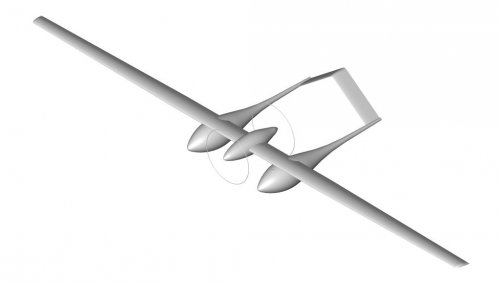
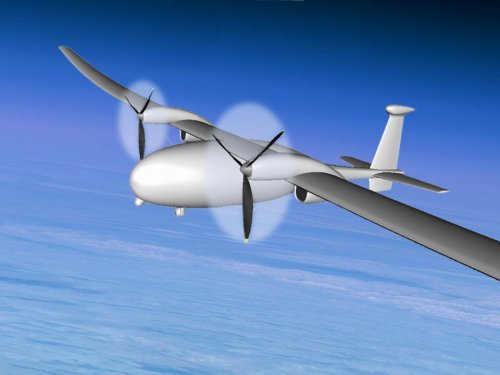
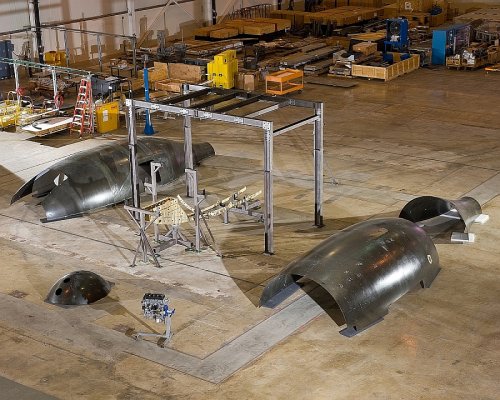
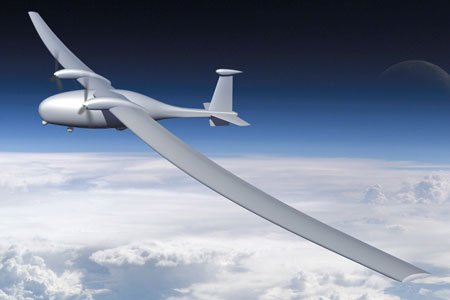
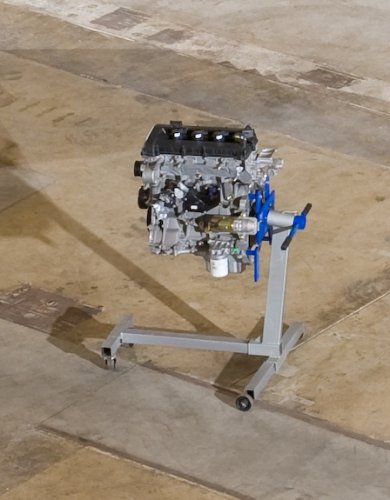
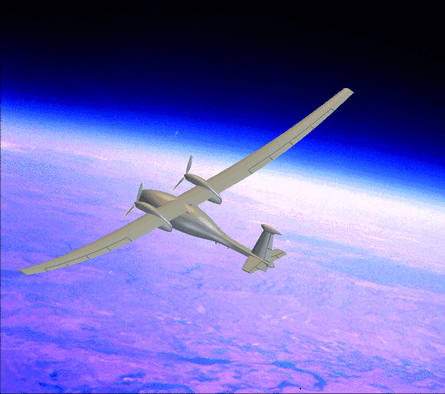
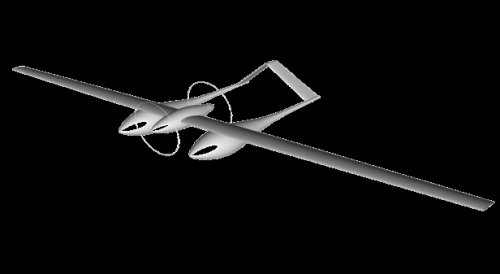
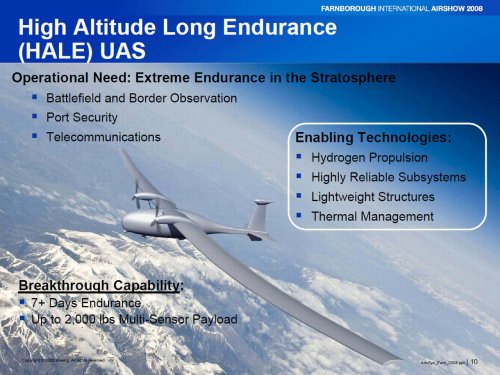
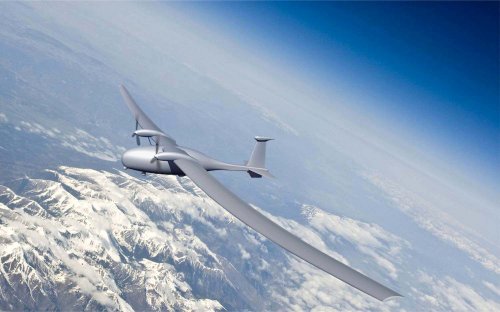
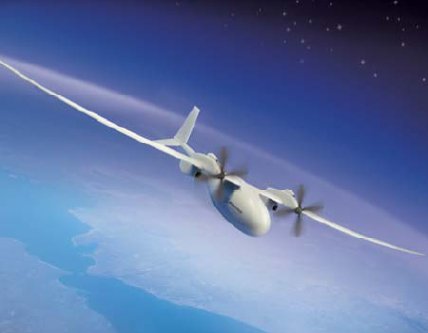
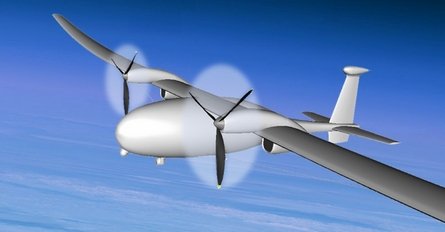
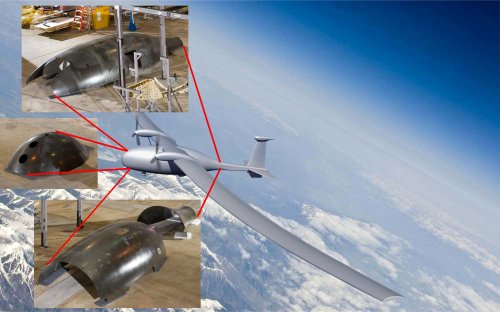


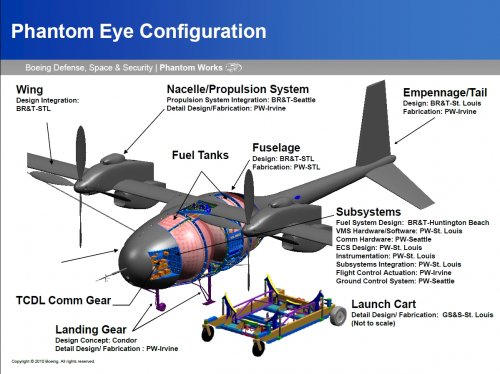

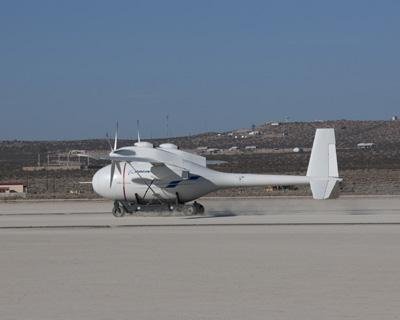
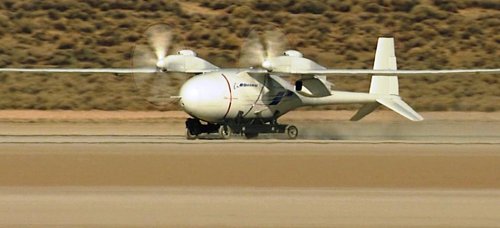
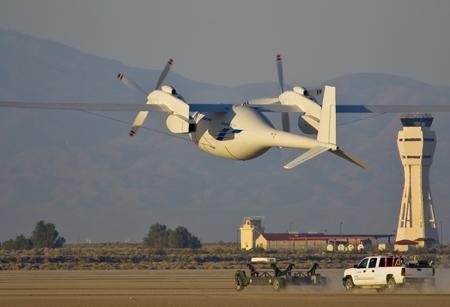
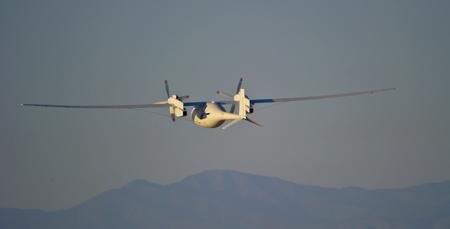
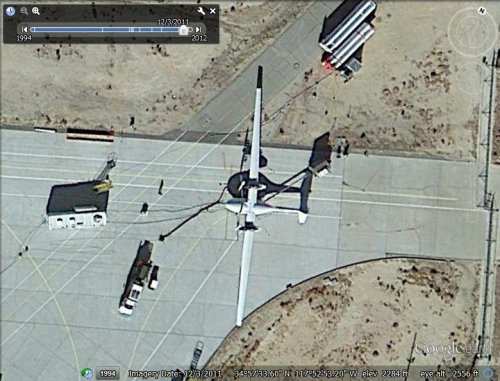
![Inspiration to innovation.mp4_snapshot_00.36_[2021.11.11_03.28.25].jpg](/data/attachments/203/203281-d2671d49d28da0836306bf12182e2ed2.jpg)